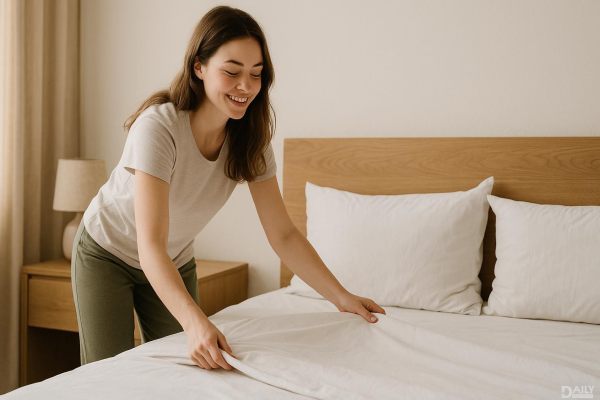Sleep apnea is more than just loud snoring or waking up feeling groggy—it's a serious condition where your breathing repeatedly stops and starts during sleep, leaving you exhausted and at risk for other health issues. If you've ever woken up gasping for air or your partner has complained about your thunderous snoring, it might be time to consider whether sleep apnea is the culprit. The good news? While it can't always be cured, it’s absolutely treatable with the right approach.
What Exactly Is Sleep Apnea?
Sleep apnea isn’t just one thing—it comes in different forms, but the most common is obstructive sleep apnea (OSA), where your airway gets blocked during sleep, cutting off your oxygen supply. Then there’s central sleep apnea, which is less about physical blockage and more about your brain forgetting to send the "breathe now" signal. OSA is the one most people deal with, and it’s sneaky because you might not even realize it’s happening unless someone points out your snoring or you notice how wiped out you feel every morning.
How to Spot the Signs (Because Your Body Is Trying to Tell You Something)
Snoring is the classic red flag, but not everyone who snores has sleep apnea, and not everyone with sleep apnea snores. Confusing, right? Other symptoms include waking up choking or gasping, feeling like you’ve been hit by a truck even after a full night’s sleep, dry mouth, headaches, and even high blood pressure that won’t budge. Some people find themselves making midnight bathroom trips way too often, while others notice their sex drive has taken a nosedive. If this sounds familiar, it’s worth digging deeper.
Why Does This Happen? Blame Your Anatomy (And Maybe Your Habits)
Your throat’s soft tissues—your tongue, tonsils, or even just the way your airway is built—can collapse while you sleep, cutting off airflow. Weight can play a role, but skinny folks get sleep apnea too. Sleeping on your back, knocking back a few drinks before bed, or taking certain meds can make things worse. And ladies, menopause can be a game-changer—hormonal shifts mean women over 50 are at higher risk than they might think.
CPAP: The Gold Standard (Even If It Feels Like a Hassle at First)
The most effective fix? A CPAP machine. Yeah, the mask might look like something out of a sci-fi movie, but it works by gently blowing air to keep your throat open. Some people resist at first, but those who stick with it often say they can’t imagine sleeping without it. If CPAP isn’t your thing, there are alternatives—like custom dental devices that shift your jaw forward or even positional therapy (hello, tennis balls sewn into your PJs to keep you off your back). For severe cases, nerve-stimulation implants can help, but that’s usually a last resort.
Bottom Line? Don’t Ignore It
Sleep apnea isn’t just annoying—it’s dangerous if left unchecked, raising risks for heart disease, stroke, and diabetes. If any of this rings a bell, talk to your doctor. A sleep study (yes, you can do it at home) can confirm whether you’ve got it, and from there, you’ve got options. Better sleep isn’t just a dream—it’s totally within reach.























